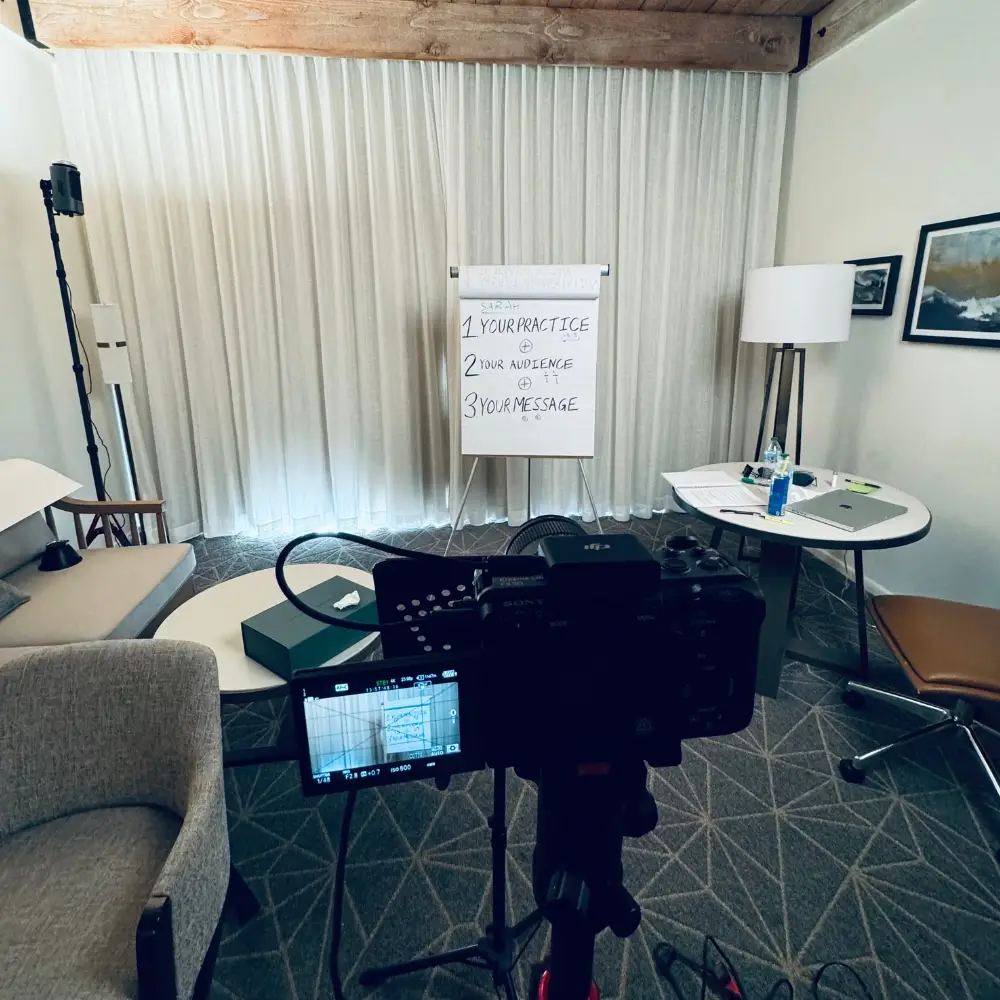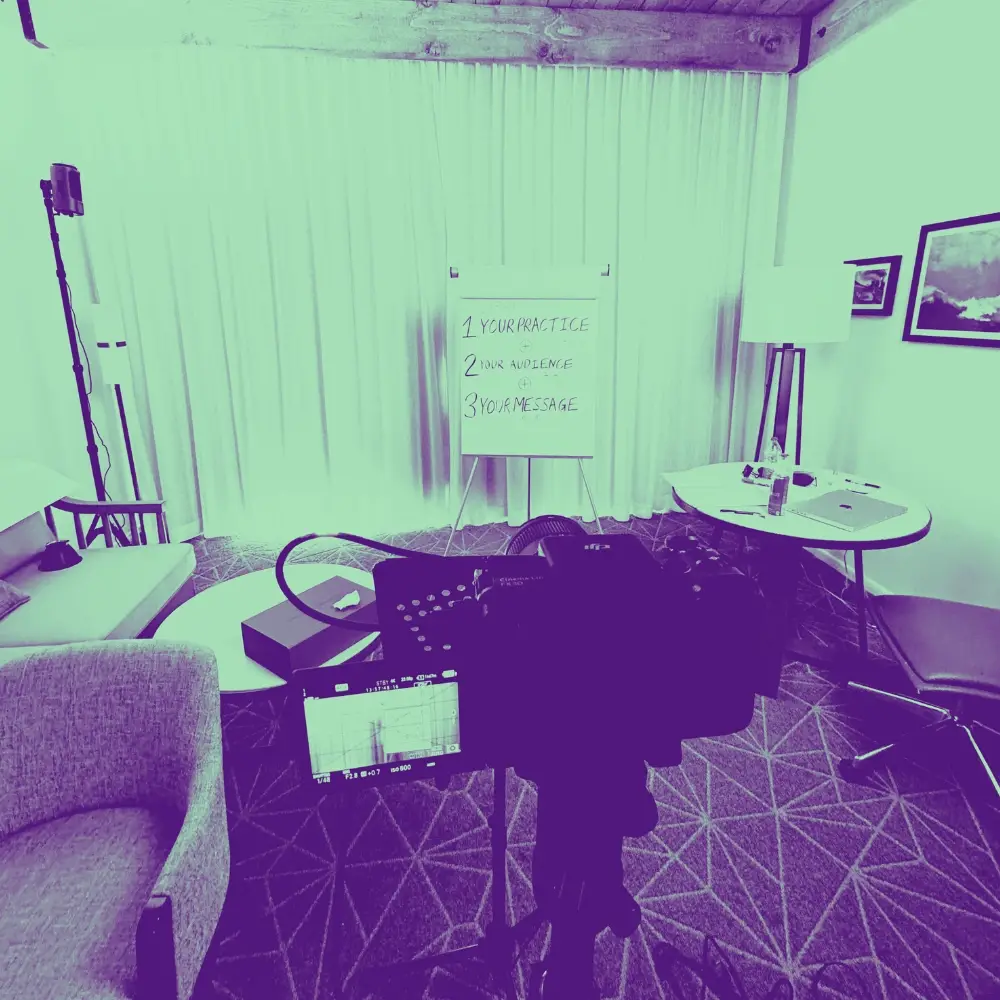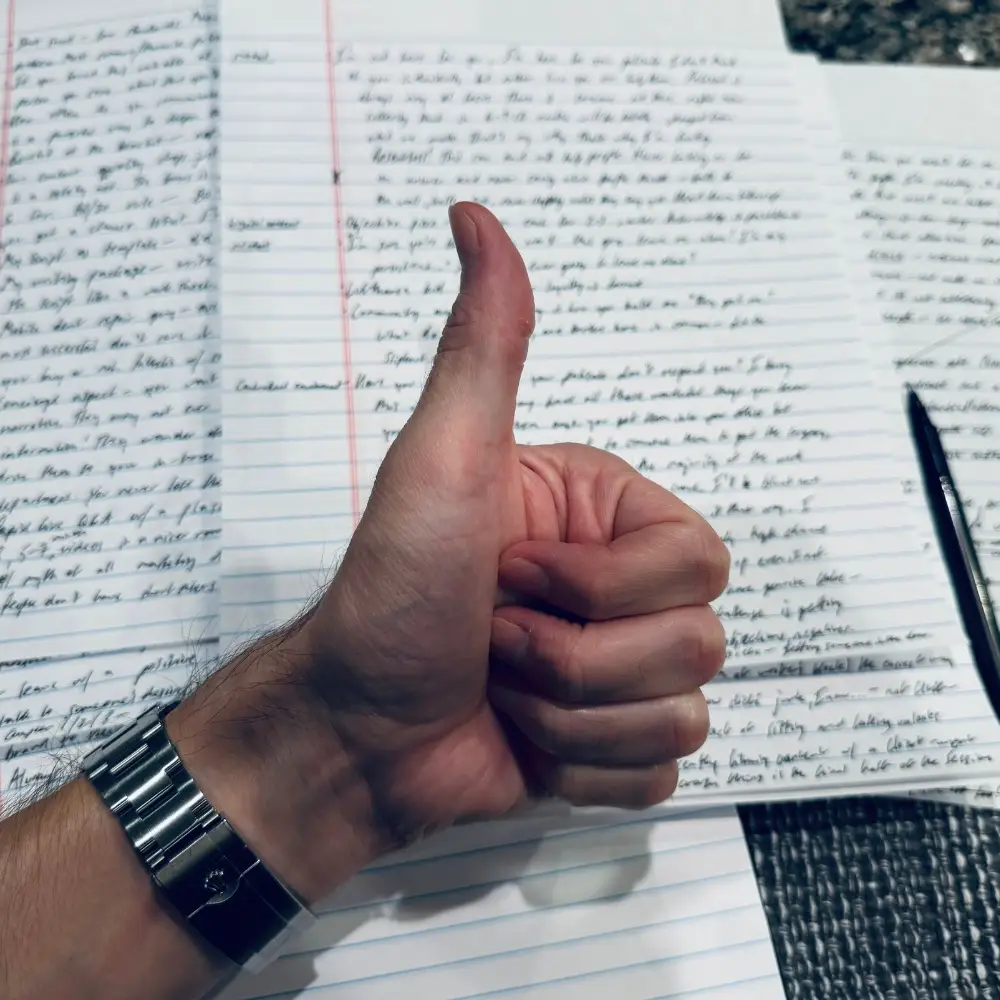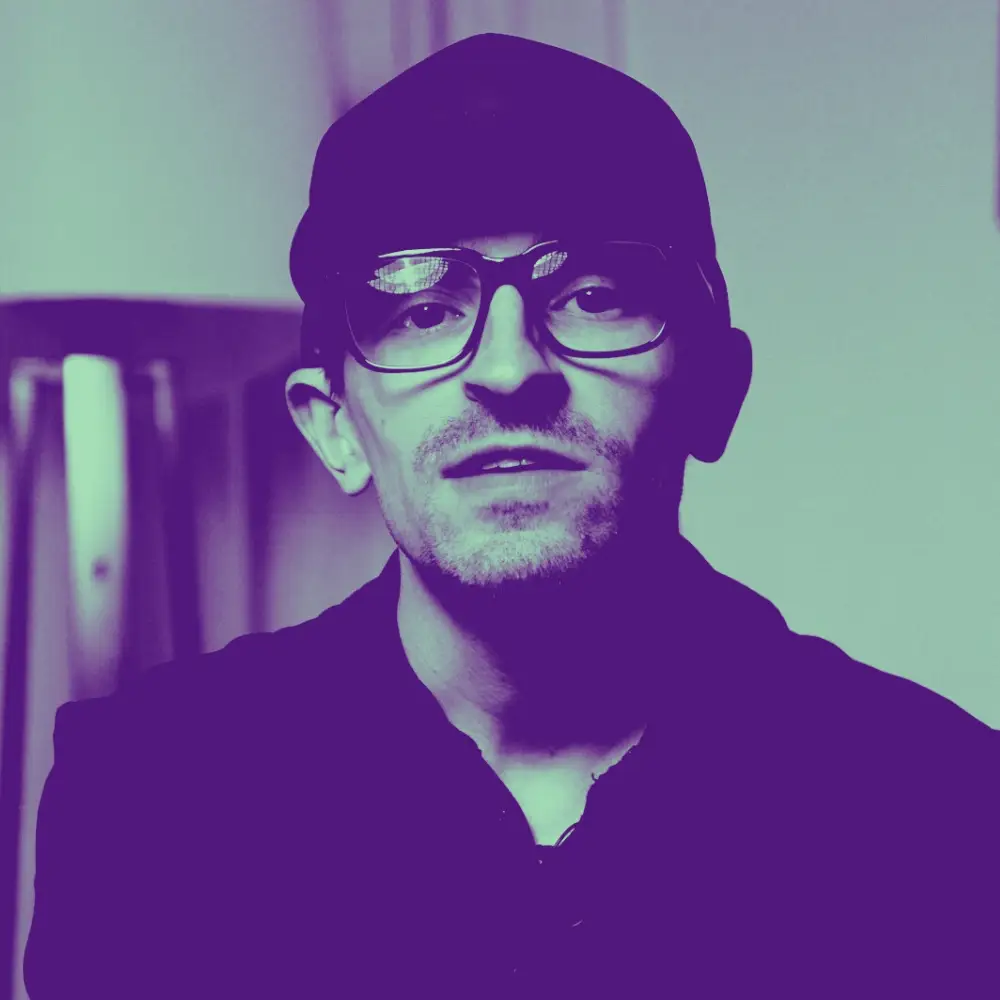nose job
Functional & Aesthetic rhinoplasty
What To know when considering a nose job
- Why Our Patients Consider A Nose job
- How A Nose job Works
- Achieving The Most Natural Nose job
- Before & After Gallery
- Common Patient Questions & Concerns About A Nose job
- What Our Patients Are Saying About Their decision to get a Nose job
but first, Can You Relate To Our Patients?
“I’ve always felt self-conscious about the hump on my nose. It makes my profile feel unbalanced and I avoid photos because of it. On top of that, I struggled with breathing through one nostril, which affected my sleep.”
“A broken nose from a sports injury years ago left me with a crooked nose and constant breathing problems, especially during workouts. It also changed how I looked. I want to restore my confidence.”
“My nose feels too wide for my face, and it’s something I fret over every time I look in the mirror. I also have a deviated septum that causes frequent sinus issues and snoring, which is embarrassing.”
How A nose job Works
- Aesthetic Vs. Functional
- Your Consultation
- Your Surgery
- Your Recovery
The shape and size of your nose are largely determined by genetics, which can result in features like a prominent hump, wide nostrils, or an asymmetrical tip that feel out of proportion with your face.
Trauma, such as a broken nose from sports or an accident, can also alter its structure, causing bumps or crookedness. Breathing difficulties, often due to a deviated septum, may accompany these aesthetic concerns.
A nose job, technically known as a rhinoplasty, can address functional improvements, aesthetic refinements, or a combination of both. Many of our patients benefit from a this combined approach…
Improves breathing by correcting issues like a deviated septum, nasal valve collapse, or trauma-related blockages. Enhances quality of life, reducing snoring, sinus infections, or exercise-related breathing difficulties. Can be covered by insurance in some cases, depending on medical necessity. Often includes subtle aesthetic improvements, like straightening a crooked nose, for a balanced look. Strengthens nasal structure, preventing future functional issues.
Refines the nose’s shape—e.g., reducing a larger nose, smoothing a hump, or narrowing the tip—for facial harmony. Boosts confidence by aligning your nose with your aesthetic vision. Can be combined with functional corrections for comprehensive results in one surgery. Results are long-lasting, with minimal maintenance required. Tailored to your unique features, ensuring a natural, proportional look.
Part ONE: your Consultation
Your journey begins with a personalized consultation where we discuss your aesthetic and functional goals. This 60-minute session explores your concerns about your nose’s appearance and any breathing difficulties or past injuries.
I’ll assess your nasal structure, skin type, and medical history to recommend an approach that balances cosmetic and functional outcomes. I’ll also analyze cartilage, bone, and skin thickness to determine the best surgical technique for cosmetic and functional results.
We’ll review 3D imaging to visualize potential aesthetic results and discuss functional improvements, with ample time for questions. My goal is to empower you with clarity and confidence.
Part two: your Surgery
A nose job is an outpatient procedure performed under general anesthesia, typically lasting 1.5-3 hours, depending on whether it’s functional, aesthetic, or a combination of both.
I start by marking your nose to guide reshaping and functional corrections. This ensures the best symmetry and proportions.
Incisions are made, typically inside the nostrils (closed approach) or with a small columella incision (open approach for complex cases).
Cartilage and bone are sculpted to refine your nose’s shape like reducing a hump for aesthetic benefits.
For functional approaches like a deviated septum I will straighten damaged structures and rebuild them to improve airflow and breathing.
A nasal splint is placed to stabilize the nose, protecting both cosmetic and functional results.
I close all incisions with fine sutures and if any external stitches are required they'll usually be removed within the first week.
Part three: your recovery
Heading home after surgery
You’ll return home with a nasal splint and instructions to keep your head elevated. Rest is essential, and you’ll avoid nose-blowing or strenuous activity to support healing of both appearance and breathing.
Days 2-3
Mild swelling and bruising around the eyes peak and it's manageable with prescribed medication. Breathing may feel congested due to internal swelling, but functional improvements begin as inflammation subsides.
Days 4–7
Swelling continues to decrease, and the splint is typically removed at a follow-up visit to reveal the earliest aesthetic changes. You can resume light activities, but avoid glasses or contact sports to protect the nose’s shape and airflow.
Weeks 1-3
Most patients return to work within 7-10 days and by this time most bruising is nearly gone. Aesthetic refinements become clearer while breathing continues to improve as internal healing progresses.
Weeks 3-6
Residual swelling subsides (especially at the tip) to continue to reveal your nose’s improved appearance. You can resume light exercise and you'll likely notice easier breathing during activities. Continue to avoid high-impact sports.
Months 2-6
Your final aesthetic results emerge as swelling fully resolves. You have a refined beautiful nose and your breathing is finally fully functional! You can resume all activities while enjoying both your refined look and improved function.
Most Natural Nose job
One of the top concerns my patients have when considering a nose job is how natural the final outcome will look. Here’s how I ensure that happens…
Customized to Your Unique Features and Needs
Every nose job I perform is tailored to your facial proportions and functional requirements. This bespoke approach ensures your nose looks natural and breathes well. We use 3D imaging to design aesthetic changes (e.g., narrowing a wide nose) that complement your face, while assessing internal structures for breathing improvements.
For example, a patient with a prominent hump may need subtle reshaping, while another with a deviated septum requires structural correction.
Precision Sculpting Techniques
Me and my team use micro-instruments to sculpt cartilage and bone with exact precision to avoid an overdone or “operated” look while correcting functional issues. For aesthetic goals, I refine the tip or bridge incrementally to maintain harmony. For function, I straighten the septum or rebuild damaged cartilage to optimize airflow.
This delicate balance ensures your nose moves naturally and supports effortless breathing. Patients appreciate how their results feel authentic, both visually and physically. Me and my team’s expertise in both functional and aesthetic approaches offers us a unique approach and you superior outcomes.
Minimizing Scars
For open rhinoplasty, the small columella incision is placed to fade into your nose’s natural contours. For closed, all incisions are hidden inside your nostrils. I use fine sutures and provide scar-care protocols, like silicone gels and sun protection, to ensure your scars become nearly invisible within months.
Even patients seeking dramatic aesthetic changes or complex functional repairs benefit from this discreet approach. Our patients love how their nose looks refined without telltale signs of surgery.
Intraoperative Precision for Form and Function
Me and my team employ real-time imaging and intraoperative adjustments to ensure aesthetic symmetry and functional integrity. For example, I balance tip projection for a refined look while confirming septal alignment for clear breathing. I also use cartilage grafts, when needed, to reinforce structure without compromising appearance.
This precision ensures your nose looks proportional and functions optimally. Patients often say their results feel like a natural extension of themselves.
Post-Surgery Support for Optimal Healing
We provide a comprehensive recovery plan, including saline sprays to keep nasal passages moist and promote functional healing, alongside lymphatic massages to reduce aesthetic swelling. Our team schedules regular follow-ups to monitor both your nose’s appearance and breathing along with bonus tips like skincare routines to maintain your results.
Before & After Gallery








Common Patient Concerns About a Nose job
Undergoing a nose job is a big decision and it’s normal to have questions and concerns. Here are a couple of the most common ones I hear from my patients…
We prioritize a natural, harmonious look that complements your unique facial structure. Using 3D imaging, we design aesthetic changes—like refining a larger nose—that blend seamlessly with your face, ensuring proportions feel balanced. My conservative sculpting techniques avoid an overdone appearance to preserve your individuality. Patients often share that friends notice they look “better” without pinpointing surgery. During your consultation, we’ll preview your results.
Functional rhinoplasty is a core strength inside my practice. We carefully assess your nasal structure to address issues like a deviated septum or trauma-related blockages and then strengthen and rebuild your nose as needed to optimize airflow. Me and my team use precise techniques to ensure lasting breathing improvements. The majority of my patients report better sleep and exercise performance once they are fully healed. They also couldn’t imagine a world their life being so enjoyable. When you can’t breath properly it has a major impact on your entire life.
We design recovery to be as discreet and manageable as possible. Visible swelling and bruising typically fade within 7-10 days, allowing most patients to return to work or social settings, often concealed with light makeup or glasses. We provide detailed instructions, like head elevation and saline sprays, to speed healing for both appearance and breathing. Follow-up visits ensure a smooth process, and my patients are often surprised at how quickly they feel back to normal.
Scarring is minimal with our advanced techniques. For open rhinoplasty, the small columella incision is strategically placed to fade into the nose’s natural contours, becoming nearly invisible within months while a closed rhinoplasty usually leaves no external scars. I use fine sutures and provide scar-care protocols, like silicone gels, to optimize healing for both aesthetic and functional cases. My patients love how their nose looks refined without obvious signs of surgery. This discreet approach only enhances your confidence in your results!
What Our Patients Are Saying About Their decision to get a nose job
“My nose job was life-changing. The hump is gone, my nose looks balanced, and I can finally breathe clearly through both nostrils. The team’s care was exceptional—they used 3D imaging to nail my aesthetic goals and fixed my breathing issues perfectly. I feel confident in photos and sleep better than ever. This was the best investment I’ve ever made in myself!”
“After my rhinoplasty, my nose looks straight, and I breathe so much easier during workouts. The results are natural—nobody guesses I had surgery. Recovery was straightforward with clear instructions and check-ins. I’m back to coaching with renewed energy and confidence. I couldn’t be happier with this experience.”
“My nose is now perfectly proportioned, and my sinus issues are gone. The process felt so hands-on, from the detailed consultation to the follow-ups, and my results are so natural. I love how my nose enhances my face without standing out, and breathing is pain free. I’m thrilled every time I look in the mirror. This journey exceeded all my expectations.”
Ready to improve your nose?
The next step is to schedule your one-on-one consultation. We’ll discuss your specific goals along with your questions and concerns.
It will last about an hour and no detail will be overlooked. The goal of this consultation isn’t to convince you one way or another but rather give you the clarity and confidence to make the decision that’s best for you.
You can schedule your consultation 3 ways, whichever is most convenient for you…
Call or text us directly at 310-774-7311. Stop by and visit us at Death Valley National Park, Badwater Rd, California 92328. Or complete the form below and we’ll contact you.
DO NOT COMPLETE THIS FORM, NOT FUNCTIONAL. FOR VISUAL DEMONSTRATION ONLY.